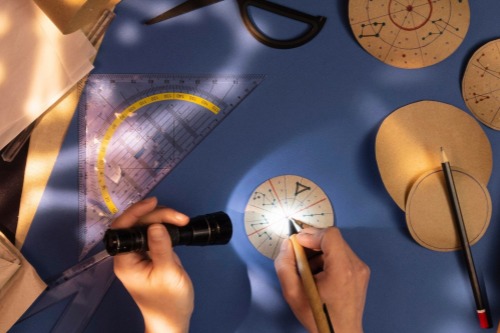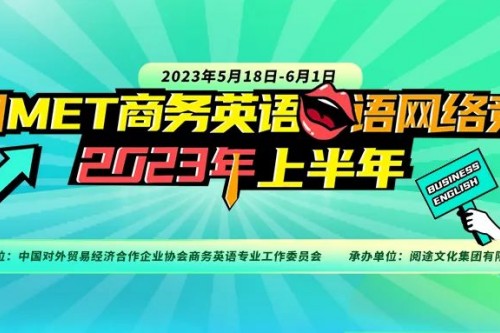Why Miyazaki Mangoes Are So Expensive
“500,000 yen!”
“Yes. 500, 000 yen!”
Narrator: This pair of mangoes just sold for 500,000 yen. That’s almost $4,000. These are not just any mangoes. They are Taiyo no Tamago, or Egg of the Sun: stunning, plump, red, perfectly unscratched, and incredibly sweet mangoes that are farmed in the Miyazaki Prefecture of Japan. Every April, the best mangoes from the prefecture are auctioned off at Miyazaki Central Wholesale Market. But although farmers in Miyazaki dedicate an entire year to preparing these mangoes for auction, there’s no guarantee that the fruit will fetch such a high price. That’s because before reaching the auctioning table, a mango has to be perfect inside and out.
Takuya Hidaka: It is difficult to grow. Not all mango farmers are successful in growing mangoes.
Narrator: So why are Taiyo no Tamago mangoes so difficult to grow, and what makes them so expensive?
Mangoes farmed in Miyazaki are from the Irwin mango variety, a type often referred to as “apple mango,” as it turns red when ripe. Irwin mangoes are actually pretty common and are also grown in other parts of the world and sold at much lower prices. This is because the exclusivity of Taiyo no Tamago is not tied to which type of mango it is, but rather to the care it receives.
In order to generate buzz at the auction, a mango needs bees. To increase their odds of success, farmers like Takuya usually rent bees during the flowering season. These are flowering mango plants. Bees play a crucial role in the pollination of the plants, as without them, mangoes would not grow as big as desired.
Takuya Hidaka: Depending on the activity of the bees, there can be as many as 200 pollinated fruits per tree. This is a mango that would normally be removed. Leaving this mango fruit on the tree is really a failure for a mango farmer. This is what happens to the fruit that bees did not pollinate. It will not get any larger.
Narrator: If a plant keeps flowering as the farmer wants, it can survive as long as 35 years. Takuya’s plants are 20 years old. However, even if bees do pollinate the plants, it doesn’t necessarily mean that all mangoes will qualify as Taiyo no Tamago this season. Only those that are in good shape, visibly contain pits, and are in good position will be given a chance.
To successfully grow one, everything in the greenhouse needs to run smoothly. Temperature must be constant, the room ventilated, the air dehumidified, and the mangoes protected from gravity. When everything else is in place, Takuya’s priority becomes the sunshine.
Takuya Hidaka: It is only when the mango is exposed to sunlight that the color of the fruit becomes bright red and the sugar content increases. Fruits in the shade have poor color and do not increase in sugar content. Sunlight is very important.
Narrator: If a mango slumps into the shade, Takuya will tie it with a string to bring it back up. And to make sure that sunlight touches every part of the fruit equally, he developed these light reflectors out of milk cartons.
Takuya Hidaka: By adding reflective panels, the color is enhanced even down to the bottom of the mango fruit. This purple area turns red when ripe. If there is a lot of the green part, this part will turn yellow, like this, when ripe. Reflective panels are attached to make all surfaces as red as possible. I don’t think any uses milk cartons. Milk cartons are hard enough to keep at a horizontal level. I was advised to use softer paper, but then it would bend and not stay level. I improved the parts that are difficult to use.
Narrator: Regardless of how much it’s worth, Takuya treats every mango with respect. In return, every mango repays him with a unique flavor.
Takuya Hidaka: It has both sweet and sour taste. It is very fruity. There are scratches on the surface, and the reddish tint is not present all the way down to the bottom. I think this will not be Taiyo no Tamago.
Narrator: Takuya has been growing mangoes for 16 years, a craft he learned from his father. This year, he grew 9,500 mangoes in his greenhouse. They’re now ready to be inspected to see how many of them have earned the coveted Taiyo no Tamago title.
The first inspection is done by human eye. Inspectors closely analyze each mango’s appearance to ensure they are red all throughout, with no hints of green at the bottom. Then a machine sorts them according to sugar content, weight, and size.
Kazunari Umehara: Next, the sugar content must be at least 15%. It weighs more than 350 grams and is more than 2L in size standard. Taiyo no Tamago will be only those that meet all of these criteria.
Narrator: These inspections sort the mangoes into five grades, two of which are Taiyo no Tamago.
Kazunari Umehara: Depending on the time of the year, at best, only 13% to 15% of the mangoes become Taiyo no Tamago per year. That is about 10%. Only those can be Taiyo no Tamago. I think it is a small percentage.
Narrator: The mangoes will now make their way to Miyazaki Central Wholesale Market for the auction. All the care and hard work that Takuya and other farmers in the prefecture put into their fruit are leading up to this very moment. The hope is to match or exceed the previous figure of 500,000 yen.
Takuya Hidaka: There are only five to six mango farms in Saito city that ship at that time of the year. All the farmers who ship at that time are competitors. I feel strongly that I must do my best.
“Good morning, everyone! Today is the first day of the Miyazaki mango Taiyo no Tamago sale in 2022.”
Narrator: The auction has officially begun at the Miyazaki Central Wholesale Market.
“500,000 yen!”
“Yes. 500, 000 yen!”
Narrator: This year’s 500,000 yen is 300,000 yen higher than last year and matches the 2019 record. And the farmer who grew these mangoes is...Takuya.
Takuya Hidaka: It is incredible. I thought, “Yay!”
Narrator: It’s the third year in a row his mangoes fetched the highest price at the auction. They have been bought by a department store in Fukuoka.
Yu Tsubouchi: I will carry them by hand myself on the plane at about 11. We take them straight to our fruit store in a department store in Fukuoka city and put them on display. We set this price because we want people to know about Taiyo no Tamago all over Japan.
Narrator: Today’s outcome was a successful one for Takuya. But even in a country with a strong gift-giving culture like Japan, it’s not always guaranteed that such a luxury fruit will find a buyer at auction.
Toshiaki Kawano: With the current COVID situation and the rising cost of living, I know consumers are struggling. The market people are doing their best to sell them, and the wholesalers are buying them. The fact that they sell despite the high price under such difficult circumstances suggests that there are still mango fans out there. Some may even treat themselves to mangoes.
Narrator: After flowering, fruiting, harvesting, and auctioning, Takuya’s mango plants are ready for a new season. And the hard work isn’t over yet.
Takuya Hidaka: After flowering, fruiting, and harvesting, I cut this branch back to the original point again. That is our pruning process. It gets very hot in the greenhouses. It is hard to do pruning work in that environment. It is my nature to do what doesn’t work until it does. I used to play sports, and I hate to lose. I want to make things better than other people. That may have produced good results.















